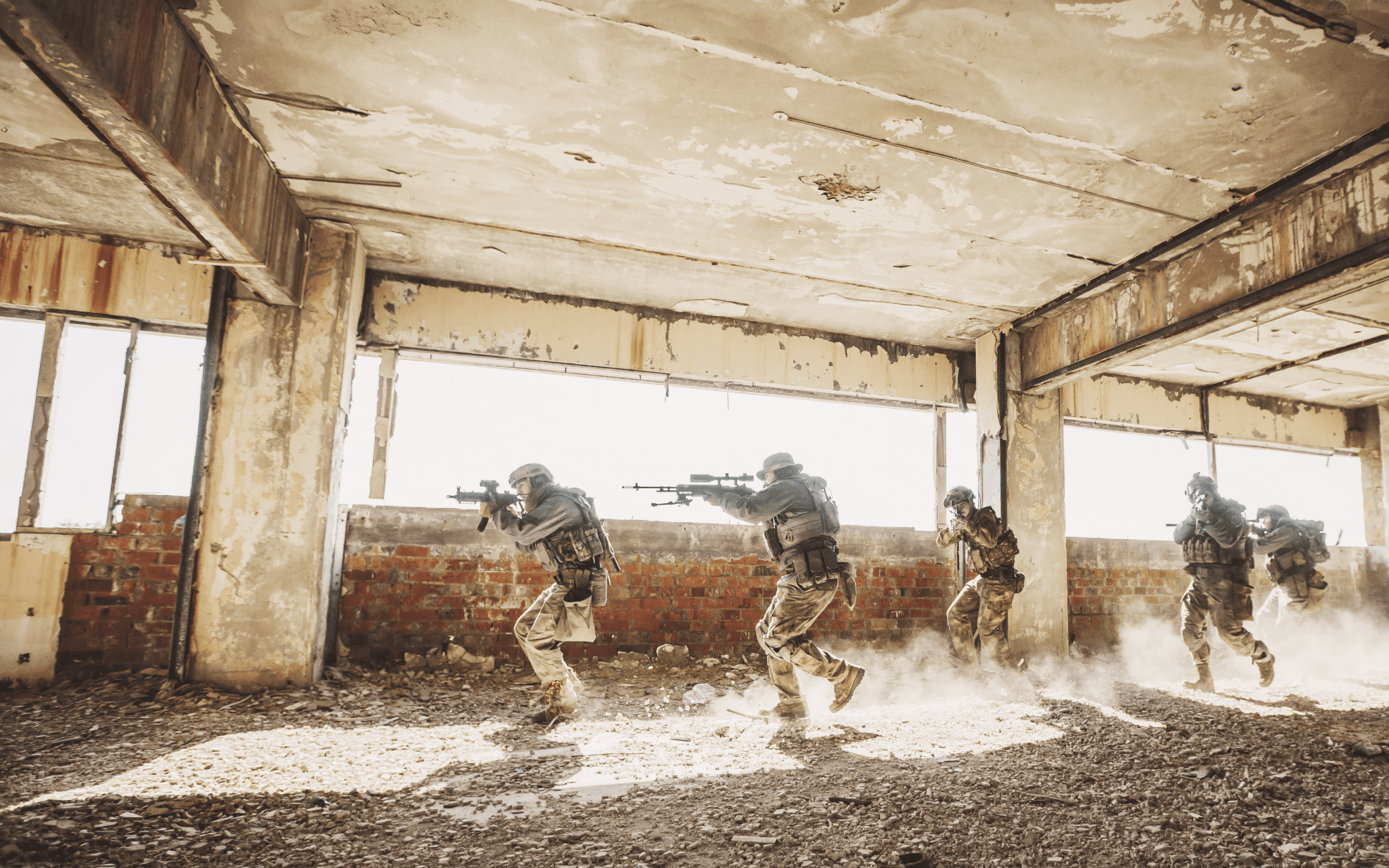Army Veterans and Mesothelioma
While mesothelioma is rare, veterans of the United States Army are more likely to develop it than people who’ve never served due to the military’s heavy reliance on asbestos-containing materials during the early 20th century.

Mesothelioma and the Army
Up until 1947, the Air Force was a division of the Army. Post-World War I, and ramping up to World War II, was a critical time for new construction and rebuilding of cities were critical to the emerging war effort. The rapidly growing Air Force, partnered with the necessary expansion of the military, created a demand for cost-effective material. Naturally, a mineral that could easily and cheaply become incorporated into concrete and steel to make it more durable and heat-resistant was the perfect answer. Scientists would later determine this “miracle mineral,” to be a potent carcinogen that could kill many of the people who were exposed.
Asbestos Exposure in the Military
Exposure to asbestos may seem harmless initially –– it has been used in thousands of homes, buildings, and consumer products –– but continuous exposure could lead to the development of cancer. In its natural state, asbestos is a classification of fibrous minerals. However, friable asbestos, which refers to the material in an easily crumbled state, can become airborne. When people inhale the mineral, microscopic barbs attach to the inside of the body. This typically happens in the mouth, esophagus, lungs, and chest cavity. While this could cause cancer in any of those areas, asbestos exposure is most directly tied to mesothelioma.
Malignant mesothelioma is cancer that develops in the mesothelium, the lining that lubricates organs in the chest and abdominal cavity. However, mesothelioma takes anywhere from 20 to 50 years to surface. While a mesothelioma diagnosis is still considered rare, roughly one-third of them each year are veterans due to the heavy use of asbestos in the Army.
Asbestos Use in the Army
As the Army expanded during war-time, so did their construction efforts. More bases, vehicles, and machines meant that the U.S. needed an inexpensive and reliable solution to keep up with the growing demand. When researchers discovered new asbestos deposits across Canada, Russia, and China, this meant that the military could take full advantage too.
At the time, people thought asbestos was a prized miracle, manufacturers all over the world made heat-resistant material with asbestos. They made textiles, metal plating, concrete, pipes, and even floor tiles the mineral, as reinforcement. However, in the 1980s, after medical professionals drew a definitive connection between asbestos and cancer, demand for the mineral dropped. The Army even went through and attempted to remove asbestos where possible. However, it is impossible to completely remove something so prevalent.
Where Did Army Veterans Encounter Asbestos?
Aside from potential asbestos risks on bases and in Army vehicles, veterans could have exposed themselves to the mineral on other occasions. Some soldiers had a higher risk of asbestos exposure at their jobs during their time of service. If you worked in any of the following jobs, you may have been exposed and should be tested for lung-related diseases:
- Mining
- Milling
- Shipyards
- Boiler rooms
- Construction
- Demolition
- Carpentry
Specific Army jobs caused more exposure than others, however, any soldier who was around certain products could also be at risk for tumor development. These products include:
- Flooring and tile
- Roofing
- Cement sheets
- Corrugated steel sheets
- Pipes
- Insulation
- Clutch and brakes in vehicles
If you’re an Army veteran that worked in or around any of these jobs or products, it is possible that you are at risk for mesothelioma or another asbestos-related disease. Seek more information from a physician and speak about your concerns.
Symptoms of Mesothelioma
Next Steps for Army Veterans Diagnosed with Mesothelioma
Any veteran diagnosed with mesothelioma may be subject to compensation through the VA for costs of treatment or loss of income.
Any individual who was exposed to asbestos during their service could qualify for disability benefits from the VA. These benefits can cover health care or compensation from loss of income. To file a claim, veterans will need a few important documents. Medical records stating illness, service records listing the job, and a doctor’s confirmation of the link between service and asbestos exposure.
Filing a Legal Claim
In cases where VA benefits are not enough or are unable to be applied, veterans can still file a legal claim. This claim doesn’t impact the military, only manufacturers of asbestos products.
There are many factors when it comes to cases like these. Choosing the right kind of lawsuit to file will make a huge difference, since every case varies. If you want to file a case but don’t know where to start, reach out through our free consultation form. A mesothelioma specialist will be able to assess your case and help you with your next steps.


